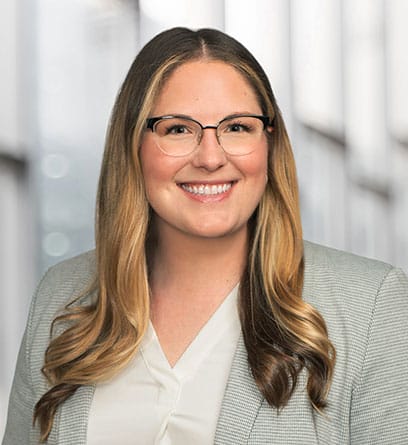The U.S. Government Accountability Office (GAO) previously reported that nearly 85% of covered Federal contractors did not submit their required Affirmative Action Programs (AAPs) within 30 days of the Government’s request. Those requests occurred when the U.S. Department of Labor’s Office of Federal Contract Compliance Programs (OFCCP) conducted its compliance evaluations, which reach only a fraction of the Government’s covered contractors each year. GAO took this fact to mean that those contractors likely did not have appropriate AAPs at the time of the request, and OFCCP then set out to fix the issue that likely occurs with many contractors. Its efforts have led to a new platform for covered federal contractors and subcontractors (“contractors”) to certify whether they are meeting their annual AAP requirements related to Executive Order 11246, Section 503 of the Rehabilitation Act of 1973, and/or the Vietnam Era Veterans’ Readjustment Assistance Act of 1974. The certification portion of OFCCP’s Contractor Portal went live on March 31, and contractors have until June 30 to certify their compliance. After the initial certification, contractors will need to annually recertify their compliance.
For contractors that have been in compliance with their AAP requirements, registering and certifying compliance may involve some questions on navigating the portal but will likely take just minutes. But for contractors who are not in compliance, this new certification requirement could place them in the crosshairs for an OFCCP evaluation and enforcement and places them at risk of making a false certification. These companies likely need to:
- Determine if they are a covered contractor that must certify compliance. The portal certification is only applicable to certain contractors. Entities that are only construction contractors are not required to certify compliance and need not register for the portal, but supply and service contractors must register and certify. Further, there are dollar and employee-count jurisdictional thresholds for the AAPs, and the thresholds differ depending on the type of AAP. Note, however, that although OFCCP sent invitations to register to some companies, all covered contractors must register and certify compliance.
- Determine if they can currently certify compliance. Contractors must make one of the following representations:
- Entity has developed and maintained affirmative action programs at each establishment, as applicable, and/or for each functional or business unit. See 41 CFR Chapter 60.Entity has been party to a qualifying federal contract or subcontract for 120 days or more and has not developed and maintained affirmative action programs at each establishment, as applicable. See 41 CFR Chapter 60.Entity became a covered federal contractor or subcontractor within the past 120 days and therefore has not yet developed applicable affirmative action programs. See 41 CFR Chapter 60.
- If they cannot currently certify compliance, they should act quickly. Notably, the FAQs explain that contractors are certifying to company status “as of the date they certify.” Thus, companies may be able to make an appropriate certification of current compliance if they act quickly. As noted above, contractors have until June 30 to certify their compliance. Companies who have determined they cannot certify compliance but need to, should swiftly seek assistance to develop their AAPs.
Thompson Coburn attorneys have experience assisting entities in determining if they are a covered contractor and assisting them with developing AAPs when they are covered. Contact Jayna Marie Rust, Tim Sarsfield or Amy Oslica Dougherty for more information.


